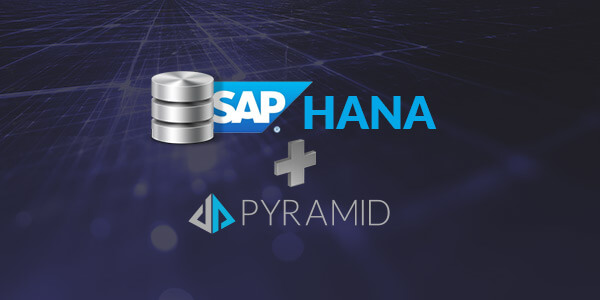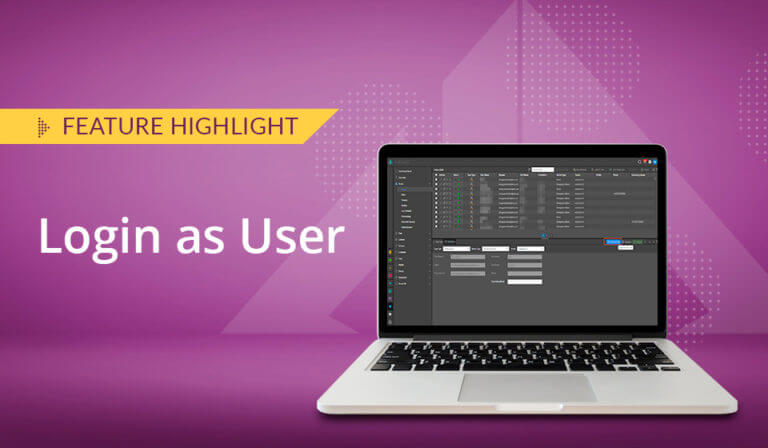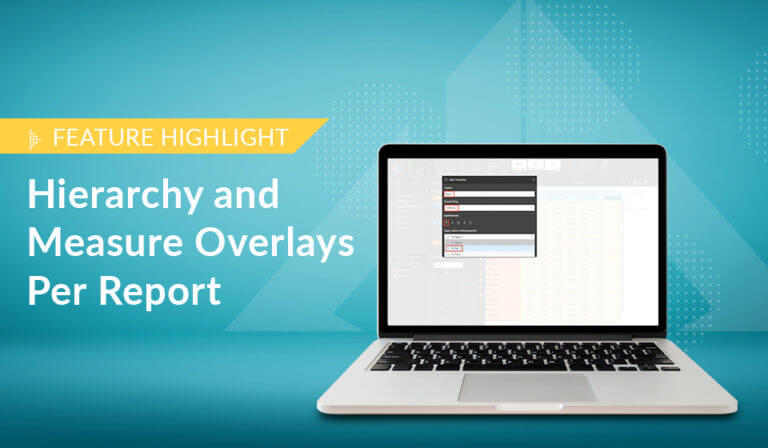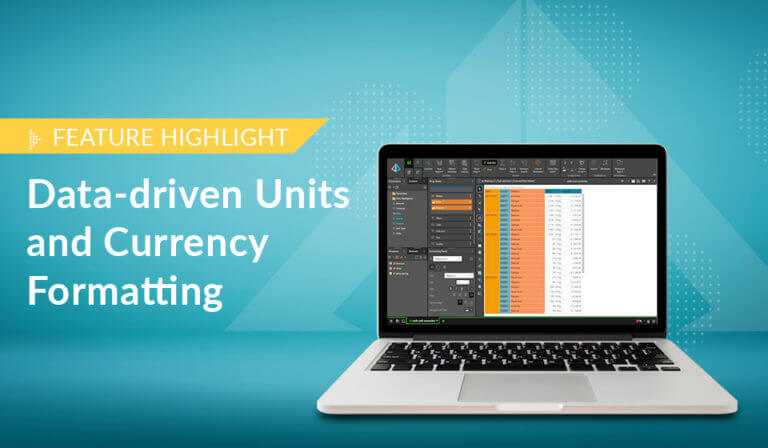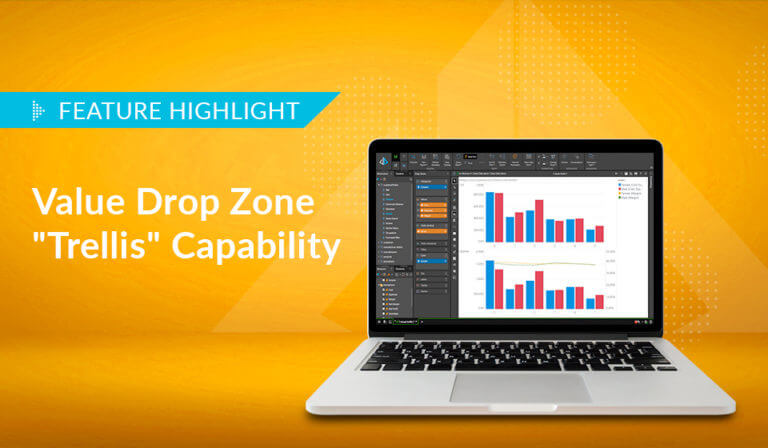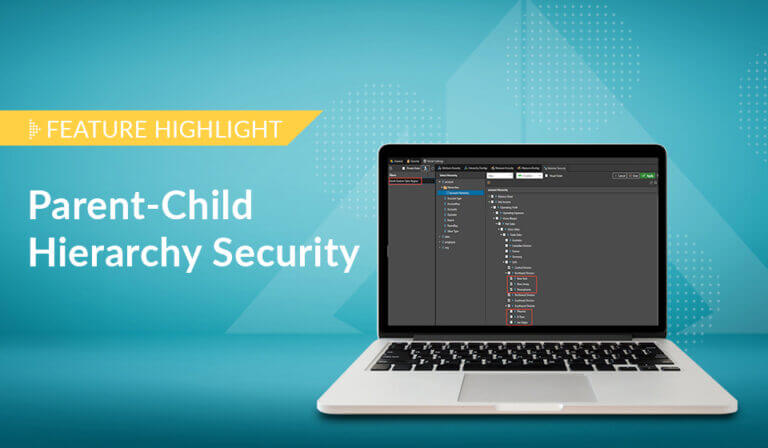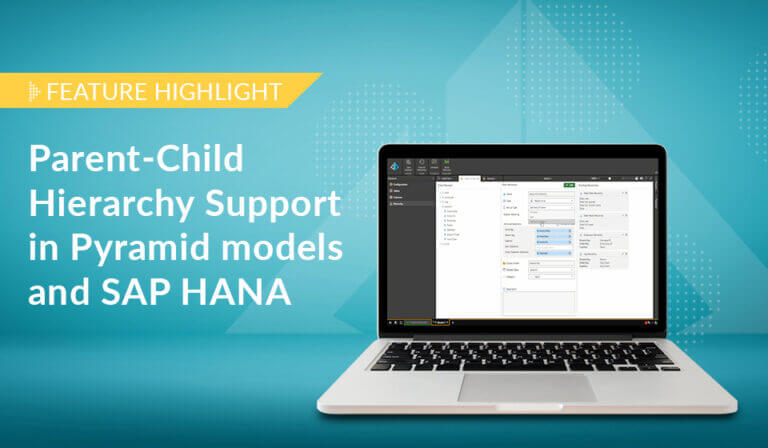What can an SAP customer who has already invested in a business intelligence platform do to modernize and upgrade their analytics capabilities? Do they need to start from scratch and manage a costly database transfer?
With Pyramid Analytics, SAP Hana and IQ customers can unlock more powerful analytics capabilities, a modern workflow, self-service and governance, and multiple deployment avenues. All from a browser client using data accessed directly from the SAP database.
Time for an Upgrade?
The business analytics software environment is dynamic, and enterprise solutions are often confronted with evolving customer demands. Until the market matures, consistent system upgrades will be an unfortunate reality.
Our perspective is that there are three key pillars on which customers expect their enterprise analytics environment to be built:
- Self-Service and Governance of both data and the analytics pipeline
- Scalability
- Diverse, flexible deployment options
The conundrum facing SAP customers employing both modern and legacy systems is how to integrate these principles while not invalidating their previous analytics environment investments. SAP BusinessObjects customers need a front-end application with a modern workflow and governance with self-service options. SAP Analytics Cloud customers have a modern platform but require more functionality, improved self-service capability, and a platform that is not limited to cloud deployment.
With Pyramid Analytics, SAP customers get a modern workflow with complete analytic functionality, robust governance and self-service options, and multiple deployment avenues. All use data existing in their SAP Databases without drastic changes to their infrastructure environment.
Why Pyramid Works
Pyramid directly queries SAP Hana data. This is important: you’ll never have to copy/paste Hana data into a separate platform to get the front-end analytic functionality you require.
Pyramid also features flexible deployment options, including cloud, on-premises, or hybrid scenarios. In addition, the web-based client can run on Linux, Windows, or OS X operating systems.
Users access Pyramid through a browser-based client. The client is compatible with any major browser, simple to use, customizable, fast, and powerful.
These fundamental components of Pyramid Analytic’s engine allow us to complement SAP technologies with the three pillars of self-service/governance, scalability, and flexible deployments described above.
How it Integrates
Pyramid can directly query Hana to pull data for analysis. This functionality is not unique, but only Pyramid can apply the full range of analytic functionality to these data queries. You aren’t getting a watered-down set of features for Hana queries.
When accessing Hana data, Pyramid provides a remote access tool (Pulse Engine) that is far superior to SAP in both speed and usability. You don’t have to be concerned whether your Hana database is housed on-premises or in the cloud.
Virtual mashups of data and views from Hana allow end-users to effortlessly scale up and out their use of Hana’s data stores. If an end user wishes to take two tables from Hana and mash them with a separate joining framework, most solutions require pulling that data from Hana into another modeling software. With Pyramid, end users can query all data without the hassle of copying/pasting.
With Pyramid, data is more accessible to end users because it can mash up both the source and destination data. For example, an end user can take an Excel spreadsheet and a SQL or Oracle database and make the destination for the mash-up Hana itself.
Throughout these processes, the principles of governance and self-service are applied, with administrators able to control who touches what source at every step of the process.
What SAP Customers Stand to Gain
Pyramid/Hana integration offers significant functional improvements. In a single client application, Pyramid provides:
- End-user prep and machine learning capabilities
- Tools for visualization and querying
- Framework for shared business logic and scripting
- Toolset for designing interactive dashboards and BI applications
- Enterprise reporting functions, with built-in scheduling and distribution
- Infographics and Natural Language Generation
All these features are included in a single enterprise-grade application.
If you are interested in seeing these principles in action, our recent Webinar includes a full demonstration of a Pyramid/Hana integration. CTO Avi Perez provides an in-depth examination of our integration with SAP Hana, complete with examples of a Hana-built dashboard, data modeling, and visualization/analytics capabilities.




